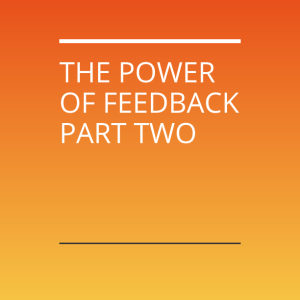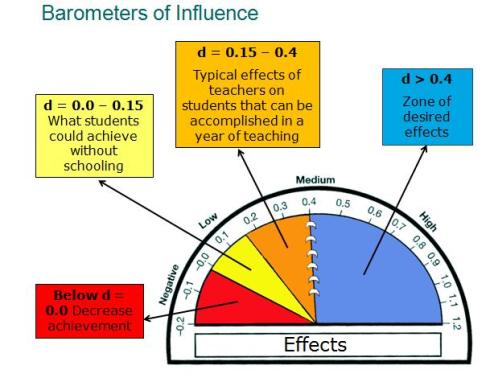 As I promised in part 1 I am continuing to provide summaries and reactions to John Hattie’s and Helen Timperley’s “The Power of Feedback.” Some of my English colleagues and I have been focused on improving our feedback on student writing, and reading this meta-analysis (published in 2007) was our starting point this year. Of course, the more I read the more I wanted to know, so this reading led to more reading…and more reading, which I will summarize through these blog posts.
As I promised in part 1 I am continuing to provide summaries and reactions to John Hattie’s and Helen Timperley’s “The Power of Feedback.” Some of my English colleagues and I have been focused on improving our feedback on student writing, and reading this meta-analysis (published in 2007) was our starting point this year. Of course, the more I read the more I wanted to know, so this reading led to more reading…and more reading, which I will summarize through these blog posts.
Since writing my first post, I had the chance to go to London and hear John Hattie speak at a Visible Learning conference. Hattie and team use a “Barometer of Influence” to explain research results to the masses. His main argument is this:
Almost ANYTHING teachers do helps students achieve. There is actually very little we do in the classroom that decreases achievement.
The key to truly effective learning, then, is to focus on WHAT WORKS BEST. If we want to be effective educators, Hattie tells us to focus on the actions that fall in the blue category (anything offering over 0.4 influence), and, very importantly, to carefully measure our actions, gauging whether or not they are actually helping students reach greater achievement.
 Feedback, by the way, has a 0.75 influence and falls within the blue range. In other words, it is very much worth our time to get better at providing it.
Feedback, by the way, has a 0.75 influence and falls within the blue range. In other words, it is very much worth our time to get better at providing it.
Hattie’s argument makes perfect sense to me, and it is edifying to realize that teachers’ gut instincts (e.g. better feedback helps students write better) are actually supported by big data. John Hattie and the Visible Learning team are basing their results on over 1,000 meta-analyses involving 240,000,000,000 students.











